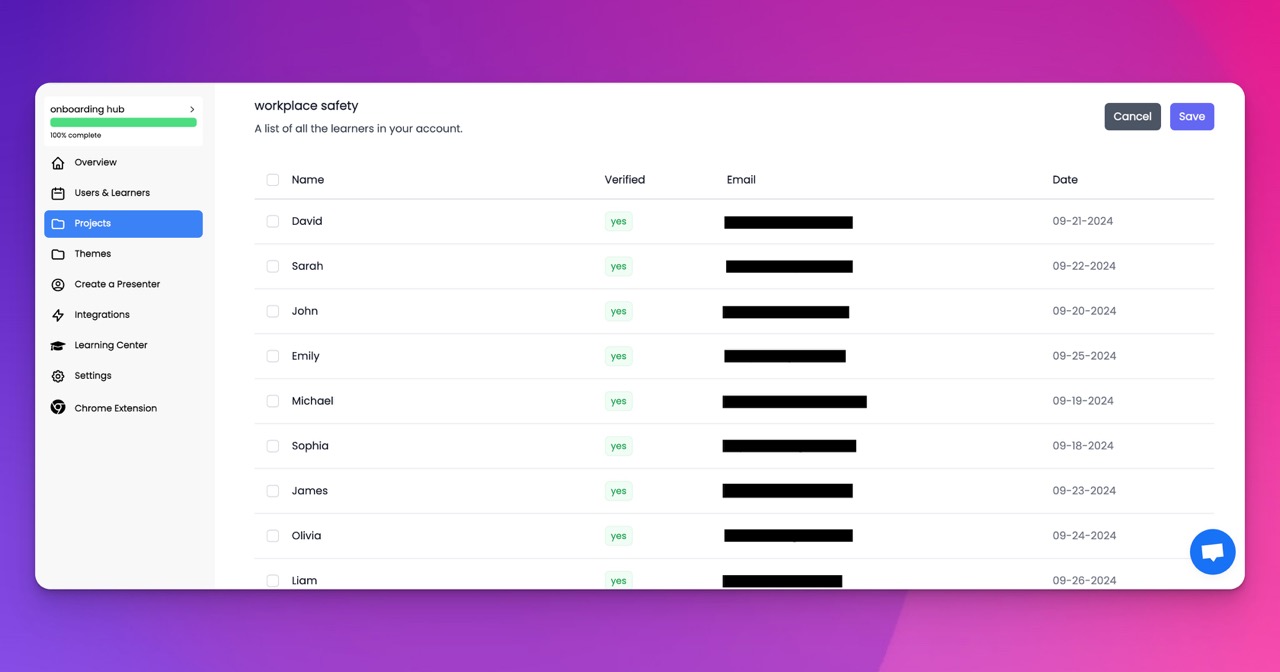🎉 Trainday now integrates with Zendesk and Hubspot 🎉 Trainday now integrates with Zendesk and Hubspot 🎉 Trainday now integrates with Zendesk and Hubspot
🎉 Trainday now integrates with Zendesk and Hubspot
🎉 Trainday now integrates with Zendesk and Hubspot
Contact
Burden Rate Default
Burden rate default is a term used in the construction industry to describe the cost of indirect expenses associated with a project. These expenses include items like utilities, insurance, and administrative costs. The burden rate default is a predetermined percentage that is added to the cost of direct labor and materials to help cover these indirect expenses.
When a burden rate default is established, it is usually based on historical data and averages for similar projects. However, if a project has unique circumstances or expenses, the burden rate default may need to be adjusted. It is important to carefully consider these adjustments to ensure that the project is accurately accounting for all indirect expenses.
One of the risks of using a burden rate default is that it can become a standard practice without being regularly reviewed and updated. Over time, the indirect expenses associated with a project may change, and if the burden rate default is not adjusted, it can result in inaccurate cost estimates.
To avoid this risk, it is important to regularly review and adjust the burden rate default as needed. This can help ensure that the project is accurately accounting for all indirect expenses and that the overall cost estimate is as accurate as possible.
In conclusion, the burden rate default is an important factor to consider when estimating the cost of a construction project. It helps ensure that all indirect expenses are accounted for, but it must be regularly reviewed and adjusted to avoid inaccuracies. By carefully considering the burden rate default, construction companies can more accurately estimate project costs and reduce the risk of unexpected expenses.
Accelerate Compliance.
Deliver OSHA-Ready Courses Instantly.
Empower your team with data-driven training solutions tailored to your industry's safety standards. Stay compliant, reduce risks, and boost productivity with AI-powered course creation.
